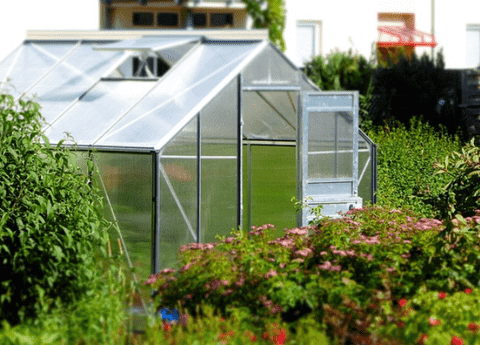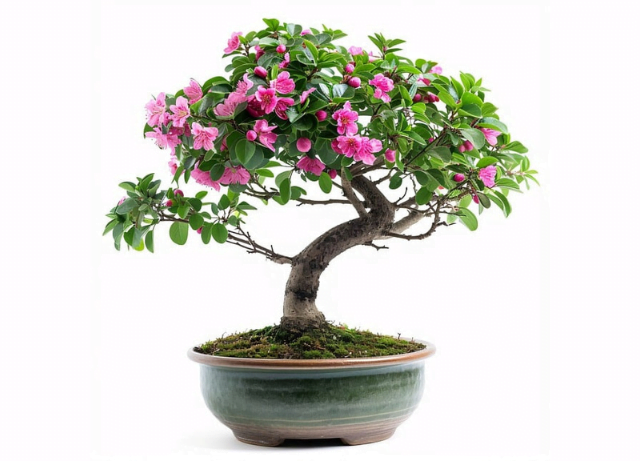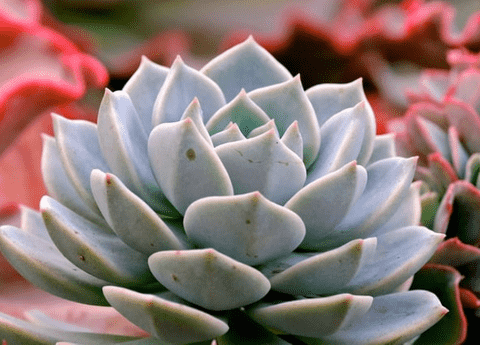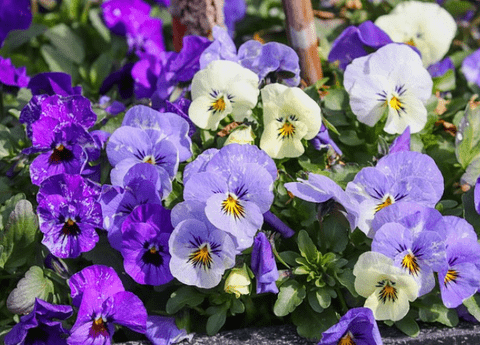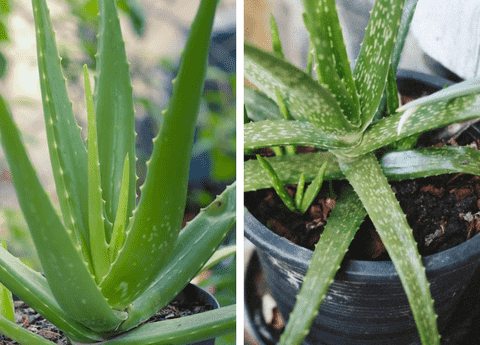Ultimate Guide on How to Build a Greenhouse: Tips for Every Gardener
Building a greenhouse is a rewarding project that allows gardening enthusiasts, DIY hobbyists, and eco-friendly individuals to extend their growing season, protect plants from harsh weather, and cultivate a variety of flora year-round. Whether you’re a seasoned gardener or a beginner eager to dive into sustainable living, creating your own greenhouse can enhance your gardening experience and provide a haven for your plants. In this comprehensive guide, we will delve into the essentials of how to build a greenhouse, offering practical DIY greenhouse techniques and valuable greenhouse construction tips. Prepare to embark on an engaging journey through the home greenhouse guide that will help you create an eco-friendly greenhouse tailored to your needs.
Planning Your Greenhouse

Choosing the Right Location
Selecting the perfect location for your greenhouse is crucial for its success. First, consider sunlight exposure. A spot with maximum sunlight, ideally south-facing, will provide the necessary light for your plants to thrive. Avoid areas shaded by trees or buildings, as insufficient light can hinder plant growth. Next, evaluate the ground. The location should be level and well-drained to prevent waterlogging. Accessibility is another key factor; ensure the greenhouse is close to your home for convenience in maintenance and monitoring. Think about wind protection as well. Locating your greenhouse near a natural wind barrier, like a fence or hedgerow, can reduce heat loss and structural stress. Lastly, check local zoning regulations to ensure your greenhouse complies with any restrictions. By carefully choosing the right location, you set a solid foundation for an efficient and productive eco-friendly greenhouse.
Selecting Materials for Durability
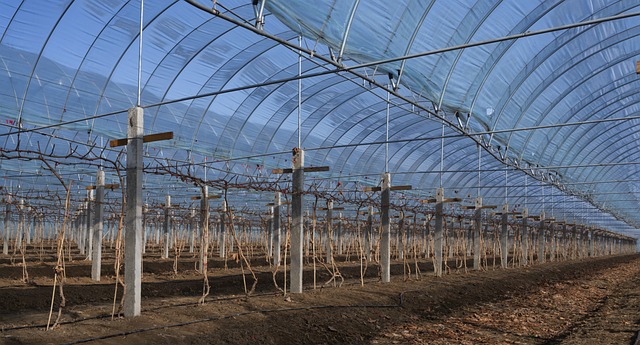
Choosing the right materials is essential for building a durable and long-lasting greenhouse. Start with the frame. Popular options include wood, aluminum, and galvanized steel. Wood provides a natural appearance but needs regular maintenance to prevent rot. Aluminum is lightweight and rust-resistant, while galvanized steel provides robust support and longevity. Next, consider the glazing material for your greenhouse. Polycarbonate panels are highly recommended due to their durability, UV protection, and insulation properties. They are more resilient than traditional glass and less prone to breaking. For the flooring, concrete or paving stones create a sturdy base that withstands heavy use and facilitates drainage. Additionally, using treated lumber or recycled plastic for raised beds ensures they endure varying weather conditions. By selecting high-quality, durable materials, you enhance the resilience and longevity of your DIY greenhouse, ensuring it remains a productive space for years to come.
Budgeting for Your DIY Greenhouse
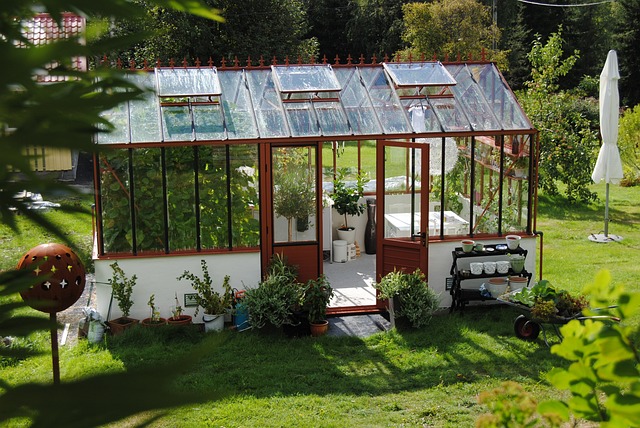
Budgeting is a critical step in planning your DIY greenhouse. Start by determining your overall budget, taking into account both initial construction costs and ongoing maintenance expenses. Next, itemize the essential components, such as the frame, glazing, flooring, and ventilation systems. Research the cost of materials to find the best quality within your price range. Don’t forget to include tools and hardware, like screws, nails, and brackets, in your budget.
Consider potential savings by using recycled or repurposed materials. Many gardeners find creative ways to cut costs without sacrificing quality. If you’re not confident in your construction skills, factor in the cost of hiring a professional for certain tasks. Lastly, set aside a contingency fund for unexpected expenses, such as additional materials or repairs. By carefully planning and budgeting, you can create an efficient and cost-effective eco-friendly greenhouse that meets your needs without breaking the bank.
Building Your Greenhouse Structure
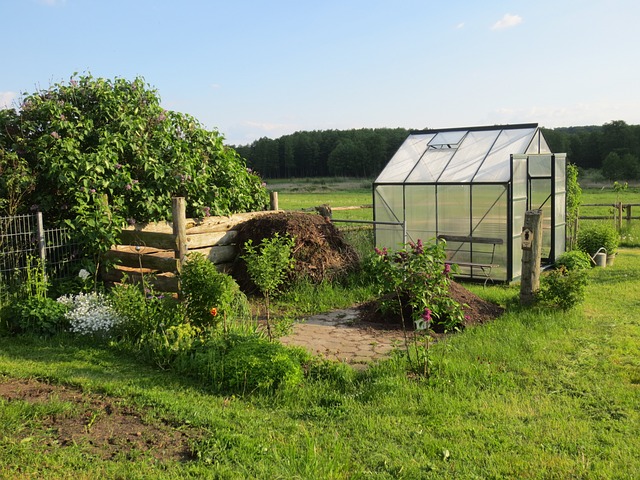
Foundation and Flooring Options
The foundation and flooring of your greenhouse are vital for stability and functionality. Start with the foundation. Concrete slabs offer a solid and permanent base, ideal for larger structures. For a more cost-effective option, consider using pressure-treated wood or concrete blocks, which provide sufficient support while being easier to install. The foundation should be level and well-drained to avoid water buildup.
Next, choose the right flooring. Gravel is a popular choice due to its excellent drainage and cost-effectiveness. It also helps control weeds. Paving stones provide a more solid and clean walking surface, making maintenance easier. For a warmer feel, consider using wooden planks treated to withstand moisture. If you prefer a more eco-friendly greenhouse, recycled materials like rubber tiles can be a sustainable option. Proper foundation and flooring not only enhance the greenhouse’s durability but also create a comfortable and efficient workspace for your gardening activities.
Framing: Wood vs. Metal
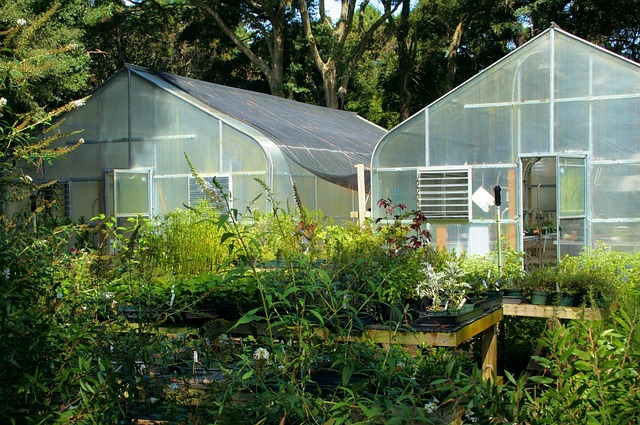
Choosing between wood and metal for your greenhouse frame depends on several factors, including budget, climate, and aesthetic preferences. Wood frames offer a classic look and provide excellent insulation. They are relatively easy to work with and can be customized to fit unique designs. However, wood requires regular maintenance to prevent rot, pests, and weather damage. Treated lumber can extend the life of a wooden frame but may increase costs.
On the other hand, metal frames, such as aluminum or galvanized steel, offer superior durability and minimal maintenance. Aluminum is lightweight, rust-resistant, and easy to assemble, making it a popular choice for DIY greenhouse projects. Galvanized steel provides robust support and can withstand harsh weather conditions, though it may be more challenging to work with and more expensive upfront.
Ultimately, the choice between wood and metal framing should align with your specific needs, budget, and the environmental conditions of your location, ensuring a sturdy and long-lasting greenhouse structure.
Installing Panels and Ventilation
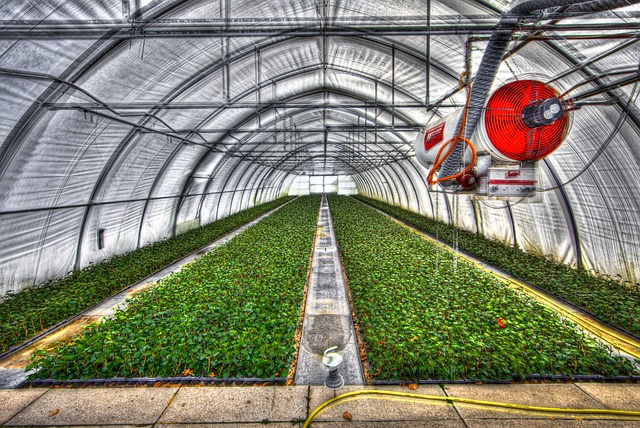
Installing panels and ensuring proper ventilation are crucial steps in constructing an efficient greenhouse. Start with the panels. Polycarbonate panels are recommended for their durability, UV protection, and insulation properties. Measure and cut the panels to fit your frame, securing them with appropriate fasteners to prevent gaps and ensure stability. Overlapping the panels slightly can enhance weather resistance.
Ventilation is equally important for regulating temperature and humidity. Install roof vents and side vents to allow hot air to escape and fresh air to circulate. Automated vent openers can simplify this process by adjusting based on temperature changes. Additionally, consider installing exhaust fans and intake vents for better airflow, especially in larger greenhouses.
Properly installed panels and an effective ventilation system will create a controlled environment, promoting healthy plant growth and preventing issues like overheating and mold. By focusing on these elements, your DIY greenhouse will be both functional and sustainable.
Eco-Friendly Greenhouse Tips
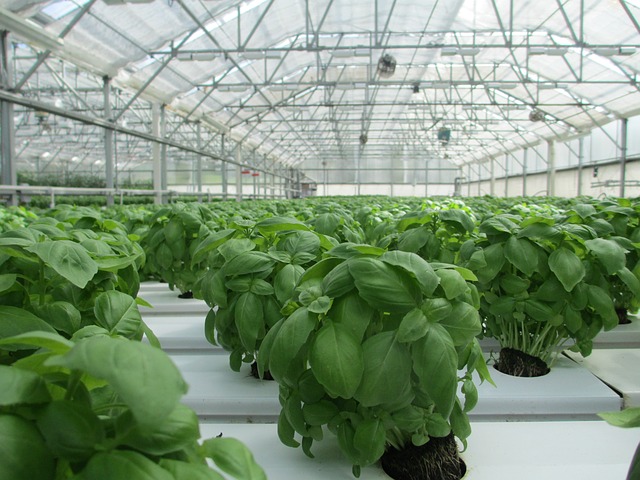
Sustainable Materials to Consider
Using sustainable materials in your greenhouse construction can greatly reduce its environmental impact. Start with the frame. Consider using sustainably sourced wood or recycled aluminum, both of which have lower carbon footprints compared to conventional materials. For the glazing, opt for double-walled polycarbonate, which offers excellent insulation and is more energy-efficient than glass.
Flooring materials can also be eco-friendly. Recycled rubber tiles or reclaimed stone pavers are durable options that minimize waste. For raised beds and shelving, recycled plastic lumber provides a long-lasting and low-maintenance alternative to traditional wood.
Additionally, think about using rainwater harvesting systems and solar panels to enhance your greenhouse’s sustainability. Rainwater collection can provide a free and eco-friendly water source for your plants, while solar panels can power ventilation systems and supplemental lighting without relying on non-renewable energy.
By choosing sustainable materials, you contribute to a greener planet while creating an efficient and eco-friendly greenhouse.
Energy-Efficient Heating and Cooling
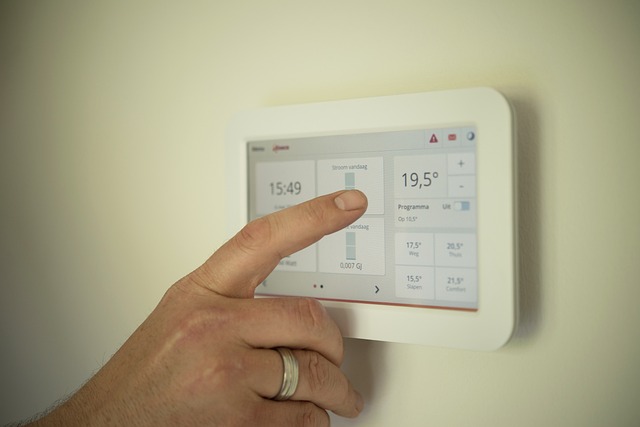
Maintaining optimal temperatures in your greenhouse can be energy-intensive, but adopting energy-efficient heating and cooling methods can make your greenhouse more sustainable. For heating, consider using passive solar heating techniques. By incorporating thermal mass materials like water barrels or concrete, you can store heat during the day and release it at night, reducing the need for additional heating sources. Solar-powered heaters are another eco-friendly option that harnesses renewable energy.
For cooling, focus on natural ventilation. Strategically placed vents and windows can facilitate airflow, helping to lower temperatures without relying on electricity. Shade cloths can also reduce solar gain and keep your greenhouse cooler during hot months. Additionally, evaporative cooling systems, which use water evaporation to cool the air, can be an efficient alternative to traditional air conditioning.
By implementing these energy-efficient heating and cooling strategies, you can maintain a sustainable and cost-effective eco-friendly greenhouse environment, ensuring your plants thrive year-round.
Water Conservation Techniques
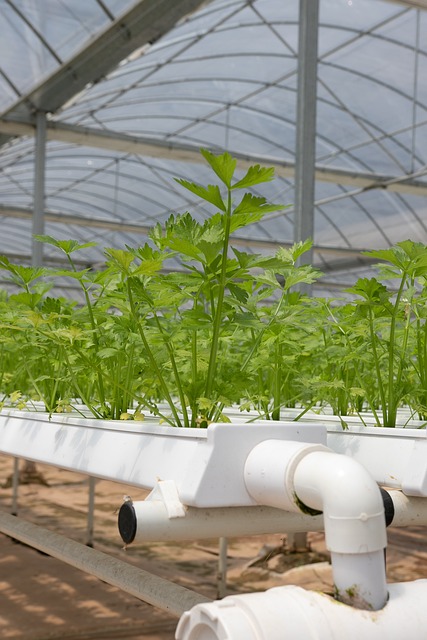
Water conservation is vital for maintaining an eco-friendly greenhouse. One effective technique is rainwater harvesting. Install gutters and downspouts on your greenhouse to collect rainwater in storage barrels. This harvested water can be used for irrigation, reducing reliance on municipal water supplies.
Drip irrigation systems are another excellent method for conserving water. By delivering water directly to the plant roots, drip systems minimize evaporation and runoff, ensuring efficient water use. Additionally, consider using a timer to control watering schedules, which can prevent overwatering and waste.
Mulching is also beneficial for water conservation. Applying a layer of organic mulch, such as straw or wood chips, around your plants helps retain soil moisture and reduces the need for frequent watering. Lastly, consider choosing drought-resistant plant varieties that thrive with less water.
Implementing these water conservation techniques not only supports a sustainable gardening practice but also ensures your greenhouse operates efficiently and eco-consciously.

